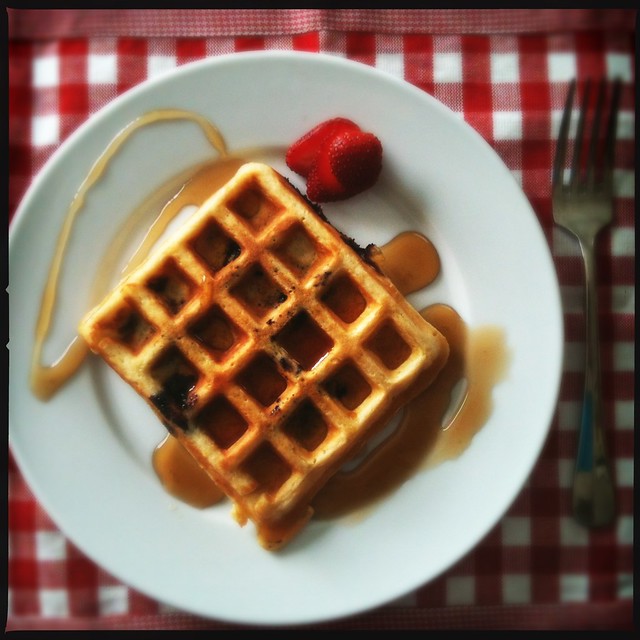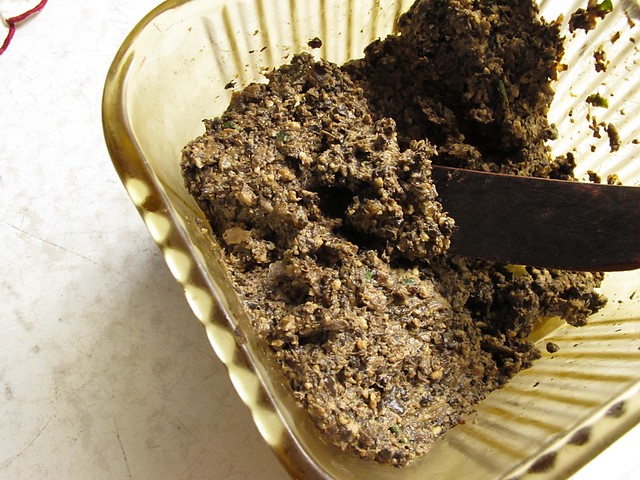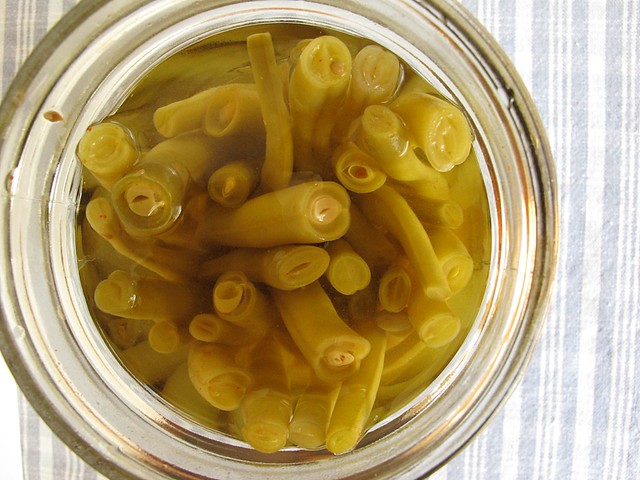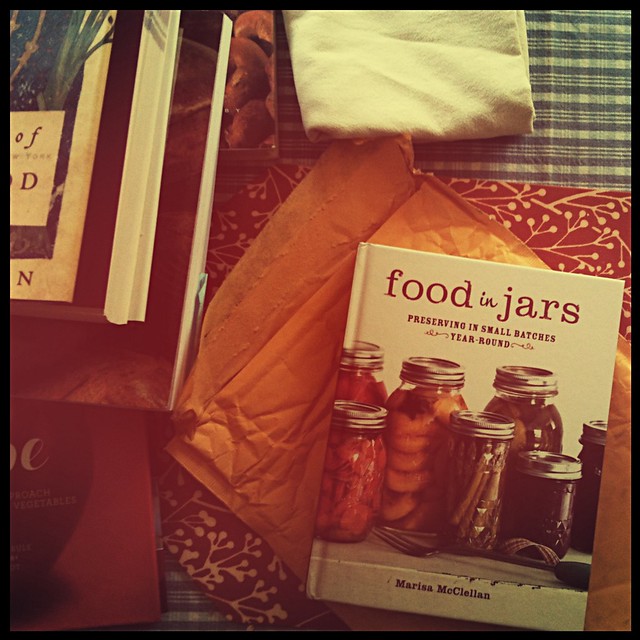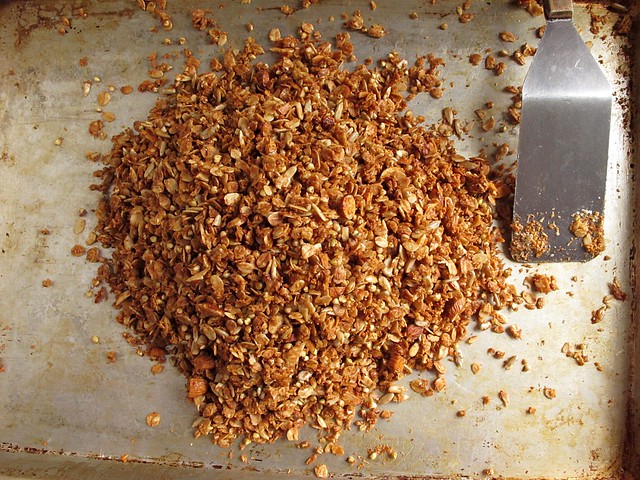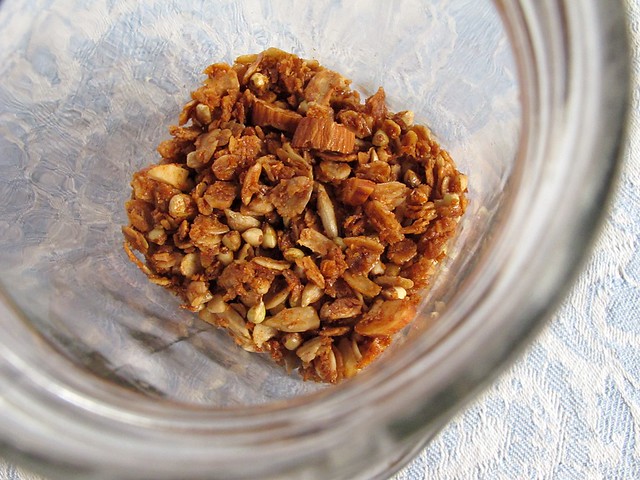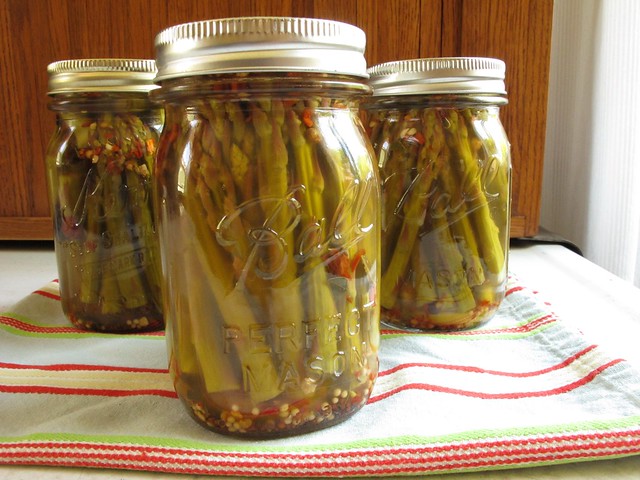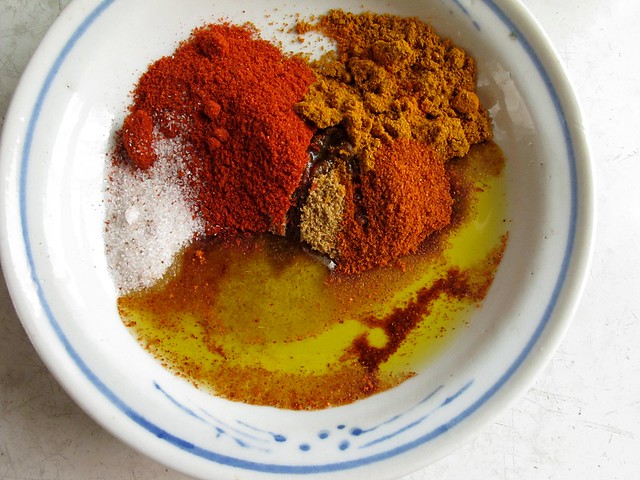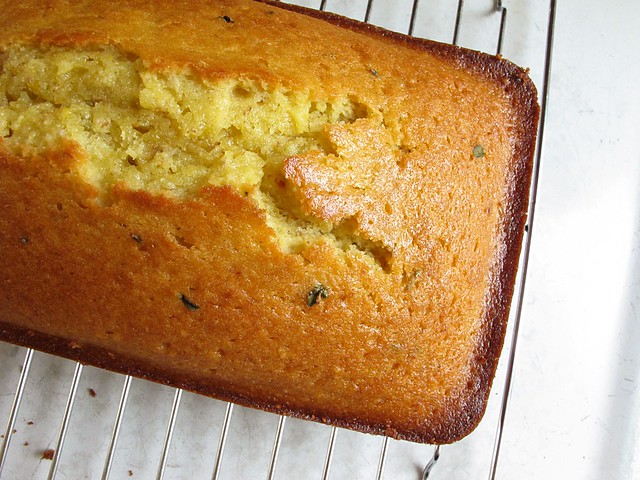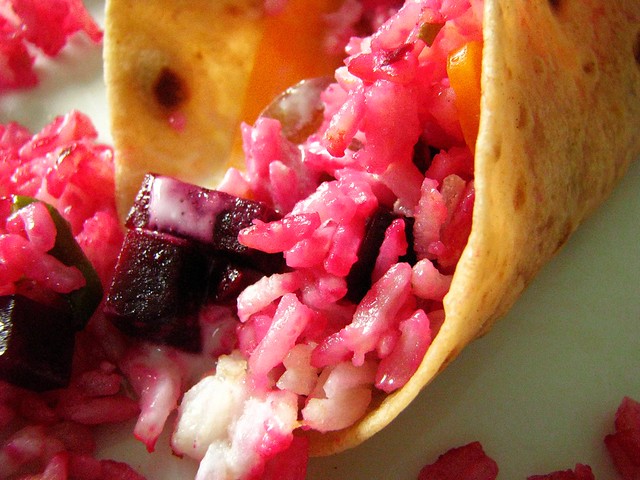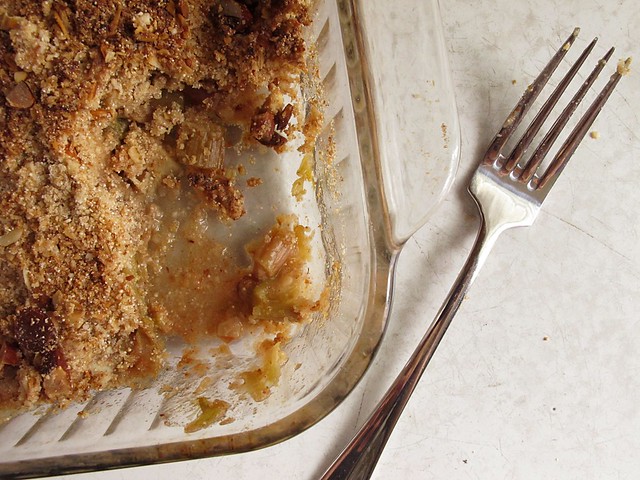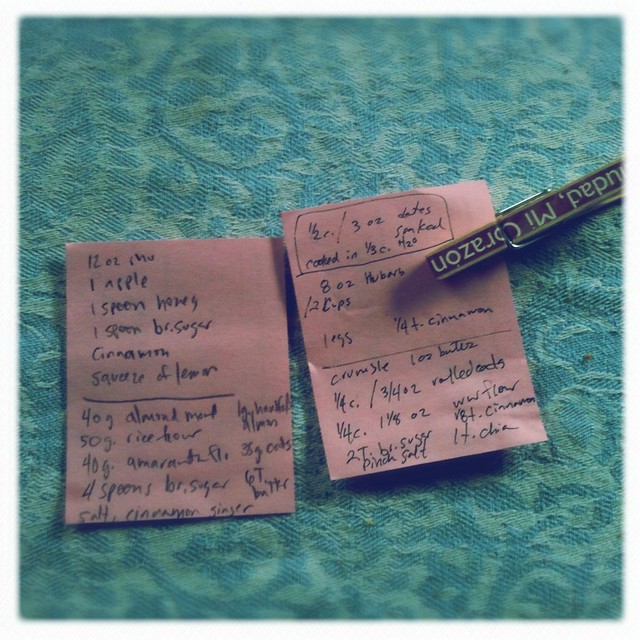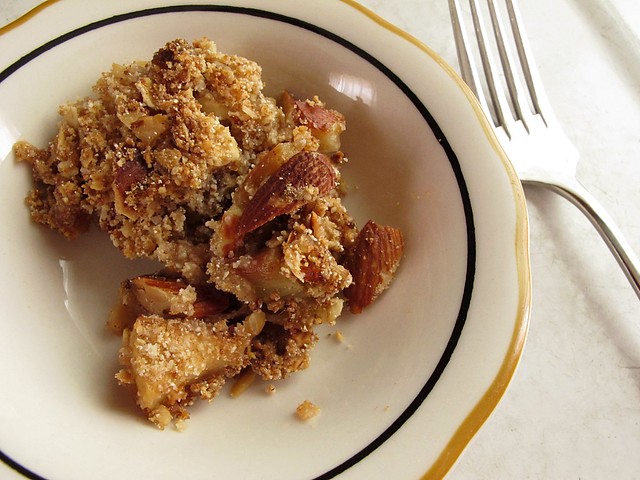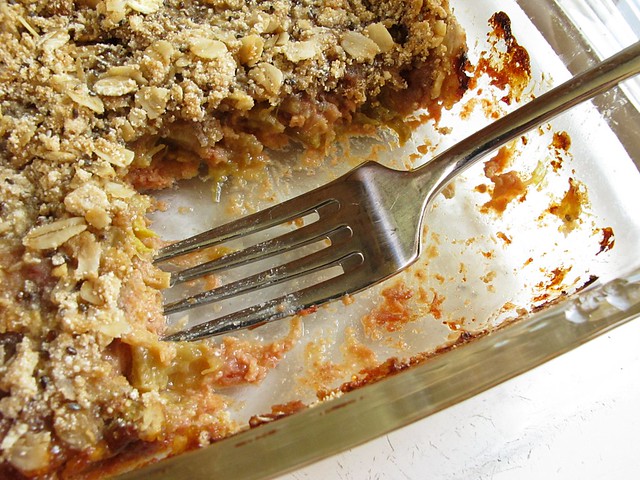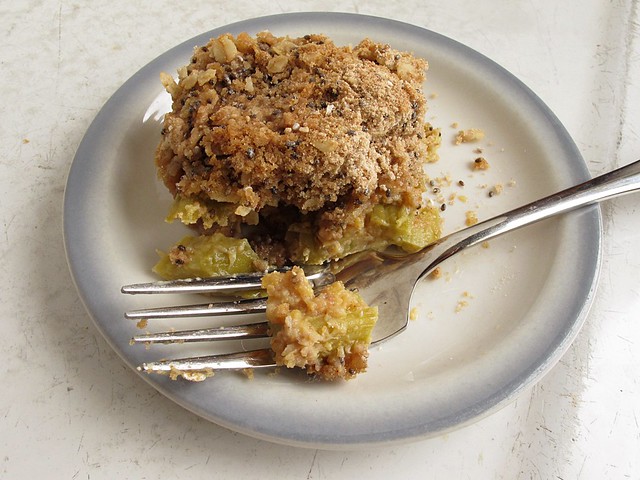I feel like we've reached the age where there doesn't seem to be anything new left under the sun. We've already put men on the moon and the Beatles have conquered. In the past 10 years alone the world has shrunk immeasurably due to the Internet; the vastness of what we can now find on a whim is staggering, yet I still feel the thrill of new discovery in my own food world. I have found real olive oil, and it is indeed like hearing the Beatles for the first time all over again.
I haven't eaten much olive oil for the past few years. I tried brand after brand of mediocre oil, organic and non-organic, imported and blended. I really had no idea what I was looking for - but my taste buds told me that I hadn't found it yet and I began to wonder if I would ever find that oil I had read about: silky, sexy, health improving oil that knocked my socks off and was worth every cent. Oil that I felt confident in using, without fear of rancid bitterness plaguing the back of my throat.
Meanwhile, I'd been upping my consumption of coconut oil, which I still use frequently. Two years ago, I finally ditched health-industry sponsored canola oil for good and replaced it with flavorless grapeseed oil (which, to be honest, I am still leery of so I use it sparingly). For most things baked or sauteed, I've opted for coconut oil or plain old butter. Unfortunately I'd all but given up on olive oil.

I recently decided I needed to find out more about olive oil, and that I needed to find an exceptional version that I was unafraid to serve to friends and family, one that was impressive and didn't put me (further into) the poor house to buy. I found
California Olive Ranch oil, and the one bottle I've been sampling - living with really - for the past month and a half has really changed my life.
I knew the minute I got this bottle that it was something special. It came when my Mom was here visiting, and we opened and tried it with a fresh loaf of bread. My Husband poured more into his dipping bowl, a motion that caught my attention immediately. This wasn't old, ordinary oil, it was fresh and grassy, it tasted of olives and was a beautiful green color. It was oil to be proud of and I started to use it everyday and in nearly everything I made.
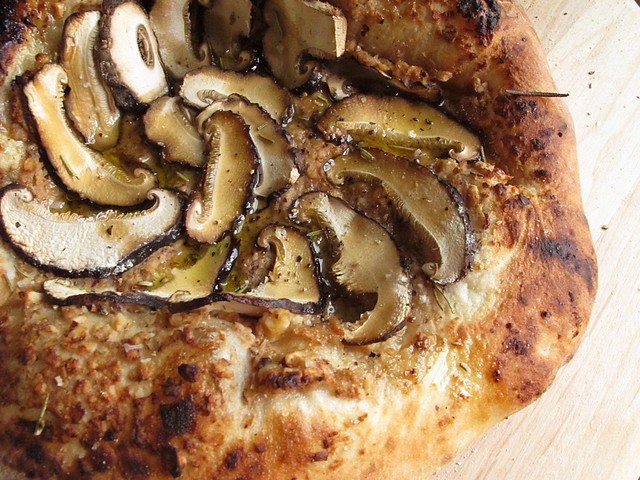 vegan walnut- hazelnut shiitake pizza
vegan walnut- hazelnut shiitake pizza...
Olive oil is the only "commercially significant" oil produced from a fruit. When thinking of olive oil as fruit based, it makes perfect sense that most of the lesser quality oils I've had in the past had rancid, unpleasantly bitter tastes. True extra virgin olive oils, made carefully without heating and with first rate olives, yield uncompromising flavors like complex wines. They are released to the public with nuances of the land they grew up in, the olive varietals they are pressed from, and their numerous healthy olive compounds in tact.
About the same time I received my bottle of
Everyday Extra Virgin Olive Oil, I began reading the book
Extra Virginity by Tom Mueller. It chronicles the sordid history of the olive, how it was important to the ancients for commerce, health, and vitality - and how increasingly it has become a commodity that has been tampered with. True extra virgin olive oil is made with first rate fruits still on the tree, not those that have fallen to the ground and then collected, and it is milled within hours of picking. Essentially it is a fresh fruit juice, pressed at the proper moment of ripeness and hopefully then minimally processed and laid to rest in tinted bottles where it is protected from too much heat and light.
(I haven't quite finished this book yet, but it is fascinating, and I recommend reading it if you are curious about the world of olive oil. You can also catch an NPR interview with Tom Mueller
here.)
As I read through the early pages of Mueller's book, I began to wonder if the California olive oil was as good as Mediterranean oil. While our climate in North American can only approximate the Mediterranean climate in parts of the west coast, certainly oil produced here is more "environmentally friendly", since it is only shipped across the country to reach me than around the world. I found that there are many quality olive oil producers in California, and many of them are certified by the
California Olive Oil Council, a quality control panel that ensures the Extra Virginity of oils being sold under that name.
I really felt like I experienced a wide range of this olive oil's abilities. I ate it plain on bread, with vegetables, drizzled on the best
steak I've ever personally made. I used it over higher heat with no smoking whatsoever, and griddled
zucchini and
peppers and onions in the heat of post-tortilla-making cast iron skillets. I drizzled it plain over grain and vegetable salads, and finally I made an olive oil cake.
I based my cake on Dorie Greenspan's French Yogurt Cake, and added some blossoming lemon thyme from my garden. The slightly herbal lemon thyme was a good match for the grassy underpinnings of the olive oil. I infused some sliced strawberries with more lemon thyme for a shortcake-esque dessert topping.
My loaf pans are standard 9 x 5 bread pans. I'd like to get some 8 1/2 x 4 1/2 tea loaf pans, because I think cakes baked in that size would be prettier when sliced. You can also bake this cake in a 9 inch round cake tin, slice it horizontally in half when fully cooled, fill with berries, and top with whipped cream.
(French) Olive Oil Yogurt Cake (adapted from Dorie Greenspan)
- 1 c. ap flour
- 1/2 ground almonds (or an additional 1/2 c. of flour)
- 2 t. baking powder
- pinch of salt
- 1 c. sugar (I will cut this to 1/2 c. or 3/4 c. next time, it was a little sweet)
- zest of one lemon, microplaned
- 1 t. or more of lemon thyme leaves
- 1/2 c. plain yogurt
- 3 eggs
- 1/2 c. extra virgin olive oil
Preheat oven to 350. Butter a loaf pan (or other baking tin), and place it on a rimmed baking sheet.
Mix the flour, almond meal, baking powder and salt together and set aside.
Put the sugar and lemon zest in a medium bowl and rub together with your fingers until the sugar is lemon yellow, slightly damp, and scented with lemon. Add the thyme leaves, and carefully mix them around with your fingers - not so much that they are beat up, but enough for them to release some of their thymey oils.
Then, add the yogurt and eggs and whisk until well combined. Add the dry ingredients while still whisking, until very well blended. Switch to a rubber spatula, and add the olive oil. Using folding motion, fold the oil into the batter. It will take a few minutes for the batter to come together. Scrape it into the prepared pan, smoothing the top.
Bake 50-55 minutes or until a tester comes out cleanly from the center and the cake begins to pull away from the sides of the pan. Cool 5 minutes in the pan set on a wire rack, then remove from the pan and let cool completely.
(To make infused strawberries, freeze a quart of whole (hulled) strawberries overnight then let them partially back to room temperature. When still partially frozen, slice and place in a bowl. Add sugar to taste (I used only about 1 T.), and a few sprigs of lemon thyme leaves. Refrigerate until defrosted completely, stirring every so often to encourage even distribution of flavor. Will keep several days under refrigeration, and remove the spent thyme sprigs before serving.)
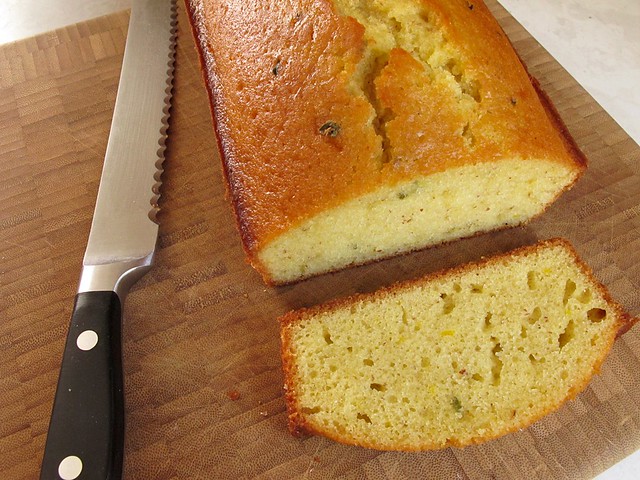
This is a perfect, sophisticated version of strawberry shortcake. I served it for a friend's birthday, specifically because I knew it would pack up well. It was actually 2 days old when we first sliced it, and I think the flavors improved with time. I gave away the remainder of the cake to the birthday girl, and then mixed up these easy chocolate olive oil truffles. Even though I used the Everyday Extra Virgin Olive Oil instead of the single varietal Arbequina. I shouldn't have been shocked at the flavor of these, but I was. It is crucial to let the truffles come back to room temperature for 10 minutes before letting them slowly melt in your mouth...

I had always heard that heating olive oil was not good and that it destroyed the health benefits of the oil. Now, I'm reading that good olive oils can reach temperatures upwards of 400 degrees with no deterioration, and that extra virgin olive oils are actually a very stable oil for sauteing and frying. I had no instances with sauteing this past month that showed the slightest wisp of smoking... and I've been liberally using olive oil once again as a go-to oil on top of the stove. It's so refreshing to embrace olive oil confidently!
I've now reached the end of my bottle, and spent part of this morning calling the various Sendik's locations listed on the California Olive Ranch website as a local retailers. On my 5th store, I called all the way up to Mequon (which would have been quite a drive for me), the manager happened to be with his specialty foods rep. They actually ordered the Everyday Extra Virgin Olive Oil to come in to the Franklin store for me early next week! Thanks to Sendik's outstanding customer service I will be out to pick up a new bottle locally next week. If you are interested in picking up a bottle and in are in the Milwaukee area, I'd try calling their service desk before making the drive out to 51st and Rawson just to be sure. I think it is an oil they would be able to get consistently if there was enough demand.
I will also likely place an order through the California Olive Ranch website if I'm not able to source the varietals locally. They offer discounts for recurring shipments, and I'm thinking that I will order with a friend and split the shipping costs. I can't wait to taste the Arbequina varietal in particular, and later this year I'll hopefully get some of the seasonal Limited Reserve as well.
It's easy to be excited about re-tasting something for the first time. It's wonderful to know that there are some quality extra virgin olive oils being produced in the US, and it feels terrific to be able to count on a consistent, healthy alternative to the confusing and suspicious claims on supermarket shelve bottles. Hopefully, this isn't the last of the California-produced extra virgins that I am able to sample!

Disclaimer: I did receive a bottle of California Olive Ranch's Everyday Extra Virgin Olive Oil for review, but the opinions expressed here are entirely my own. I loved this oil and would recommend it to anyone looking for an affordable, quality extra virgin olive oil!

